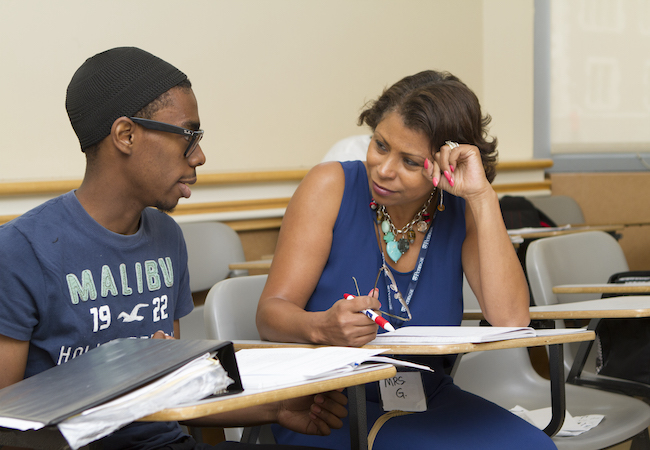Tips to avoid burnout for teachers working this summer
June 17, 2021
After a year of virtual, hybrid, and in-person-with-COVID-precautions classes, educators are exhausted. As the school year wraps up, some will take the summer to recharge, but as districts and community organizations launch summer programming, the pressure is on teachers to continue the work.
As difficult as virtual teaching was, hybrid really pushed teachers over the brink, psychologist Caroline Watts, the Director of School and Community Engagement at Penn GSE, says. Teachers’ stress levels have been through the roof, and that’s been aggravated or mitigated by where they work. Teachers have really been frontline workers of a sort, she adds, explaining that all the concerns that have been expressed about kids not getting what they need educationally during the pandemic comes down to what teachers can provide.
How can teachers teach this summer, and be ready for the fall, without burning out? Watts offers these ideas:
Be honest, and talk about it
We should be open about the fact that the last year has taken a toll, and that coming back will take a toll. How can we find ways to talk about it and ensure that work is more responsive and that we can set better limits for ourselves?
The inequities seen before have been further highlighted and exacerbated in the last year. We’ve been putting a lot of energy and emphasis into equity work because we need to, Watts says, and the coalescence of all of this has made the year very emotionally intensive. Teachers need support not only around their profession but also their person and their identity.
Prioritize self-care, self-compassion, and self-forgiveness
This whole experience has been incredibly disorienting on multiple levels. Depending on the layers of stress you’re dealing with and how much of a toll the pandemic has taken on your livelihood, health, family’s health, safety, and financial stability, it’s been better or worse.
While self-care can sometimes feel like just one more thing on the to-do list, Watts emphasizes that it goes hand in hand with self-compassion and self-forgiveness. It can take many different forms and can be incorporated into other things you are already doing. For Watts, that means taking more of her meetings by phone so she can go for a walk while she is chatting. Teachers can look for other opportunities to incorporate self-care into their existing daily routine. Self-care also goes beyond what you do for yourself and can look like advocating for making the workplace better for all.
Advocate for the supports you (and your peers) need
In the process of self-care, think about how we can be proactive and improve upon the systems that existed before the pandemic. For example, some aspects of hybrid learning worked well for some students and could be worth keeping if they can be incorporated without causing additional stress on teachers. Many districts incorporated extra planning days that will likely go away without teacher advocacy. And Watts strongly encourages teachers to advocate for more mental health supports, because the stress is enormous.
“None of us are machines,” she says. “As much as teachers having been pouring out, we need to be replenishing. There’s no quick fix.”
Watts urges teachers to find a therapist, and says the expansion of telehealth is one positive thing to come from the pandemic. People can ask their primary care physician or insurance company for a referral, and some school counselors, while not therapists, might be able to share resources with teachers.
Reconnect to your why
The pandemic has overwhelmed our sense of why we are doing what we’re doing because we’re just doing all the time to try to keep up. There are reasons why we went into teaching, Watts reminds us. She recommends trying to reconnect with your sense of mission and purpose and trying to feel good about doing that again.


